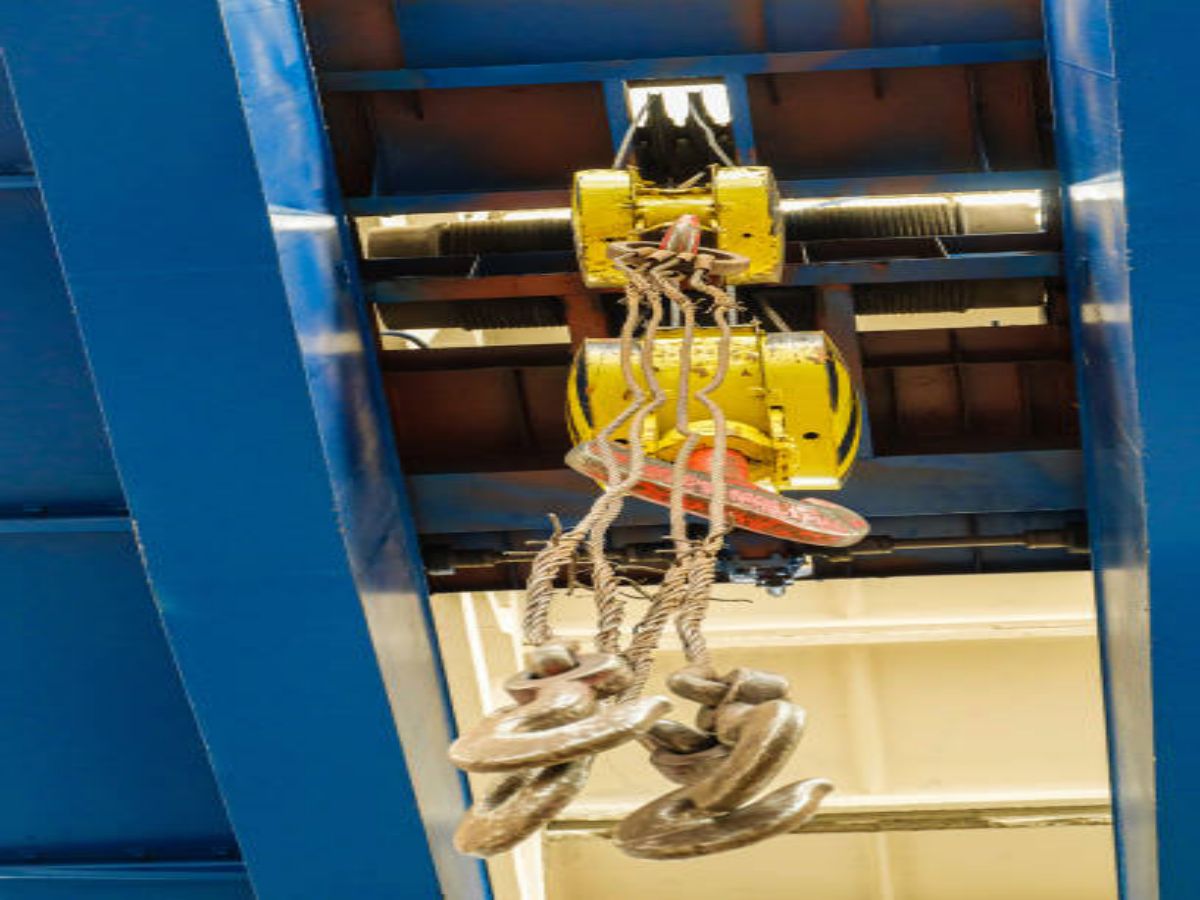The Different Types of Crane Girders
When it comes to heavy lifting in construction or industrial projects, cranes are essential equipment. Crane girders, also known as crane beams or crane rails, play a crucial role in supporting the weight and providing stability to cranes. These girders come in various types, each designed to accommodate different load capacities and specific project requirements. In this article, we will explore the different types of crane girders and their applications.
1. Single Girder Cranes
Single girder cranes are the most common and economical type of crane girders. As the name suggests, they consist of a single beam that spans the distance between two end trucks. Single girder cranes are suitable for light to moderate lifting applications, typically up to 20 tons. They are commonly used in workshops, warehouses, and small manufacturing facilities.
2. Double Girder Cranes
Double girder cranes are designed for heavier lifting tasks compared to single girder cranes. They feature two beams that run parallel to each other and are supported by end trucks. These cranes offer increased stability and higher load capacity, making them ideal for industrial applications that require lifting capacities ranging from 20 tons to several hundred tons. Double girder cranes are commonly found in steel mills, power plants, and shipyards.
3. Box Girder Cranes
Box girder cranes, also known as enclosed girder cranes, are a type of crane girder with a rectangular cross-section. They are constructed by welding together two or more plates to form a closed box-like structure. This design provides excellent torsional stiffness and increased resistance to bending. Box girder cranes are used in applications where high precision and stability are required, such as in the aerospace industry or during the assembly of large machinery.
4. Truss Girder Cranes
Truss girder cranes feature a framework of interconnected triangular elements, known as trusses, that form the main girder structure. This design offers high strength and rigidity while minimizing the weight of the girder. Truss girder cranes are commonly used in outdoor applications, such as in construction sites or open storage yards, where the crane needs to cover large spans and operate in variable weather conditions.
5. Bridge Girder Cranes
Bridge girder cranes, also known as overhead cranes, are a type of crane that runs on elevated tracks or runways. They consist of two or more girders supported by end trucks, which allow the crane to move along the length of the runway. Bridge girder cranes are widely used in industries such as manufacturing, automotive, and warehousing, where they provide efficient and versatile lifting solutions.
6. I-Beam Girder Cranes
I-beam girder cranes are characterized by their I-shaped cross-section. They are made from a single piece of steel and provide excellent strength-to-weight ratio. I-beam girder cranes are commonly used in applications where the weight of the crane needs to be minimized while maintaining high load-carrying capacity. They are widely employed in construction projects, infrastructure development, and heavy manufacturing industries.
7. Monorail Cranes
Monorail cranes consist of a single rail or beam that is suspended from the ceiling or mounted on existing structures. They are primarily used for moving loads along a fixed path, such as in assembly lines or warehouses. Monorail cranes offer flexibility and cost-effectiveness in material handling applications with lighter loads.
8. Jib Cranes
Jib cranes are a type of crane that features a horizontal beam, known as a jib or boom, which is mounted on a vertical mast or wall. They are commonly used in workshops, loading docks, and small manufacturing facilities to provide localized lifting solutions. Jib cranes are available in various configurations, including wall-mounted, floor-mounted, and freestanding options.
9. Gantry Cranes
Gantry cranes, also known as portal cranes, are similar to bridge girder cranes but with the added advantage of mobility. They are supported by legs or wheels that run on ground-level rails or tracks, allowing them to move horizontally along the length of the gantry. Gantry cranes are commonly used in construction sites, shipyards, and container terminals for lifting and moving heavy loads.
10. Telescopic Girders
Telescopic girders, as the name suggests, have the ability to extend or retract, similar to a telescope. This feature allows the crane to adjust its span to accommodate different working conditions and lifting requirements. Telescopic girders find application in situations where the width of the working area may vary or in projects where flexibility is crucial.
In conclusion, there are various types of crane girders available, each designed for specific lifting capacities and project requirements. Whether it is a single girder crane for light loads or a double girder crane for heavy-duty tasks, selecting the right type of crane girder is crucial for ensuring safe and efficient lifting operations.

